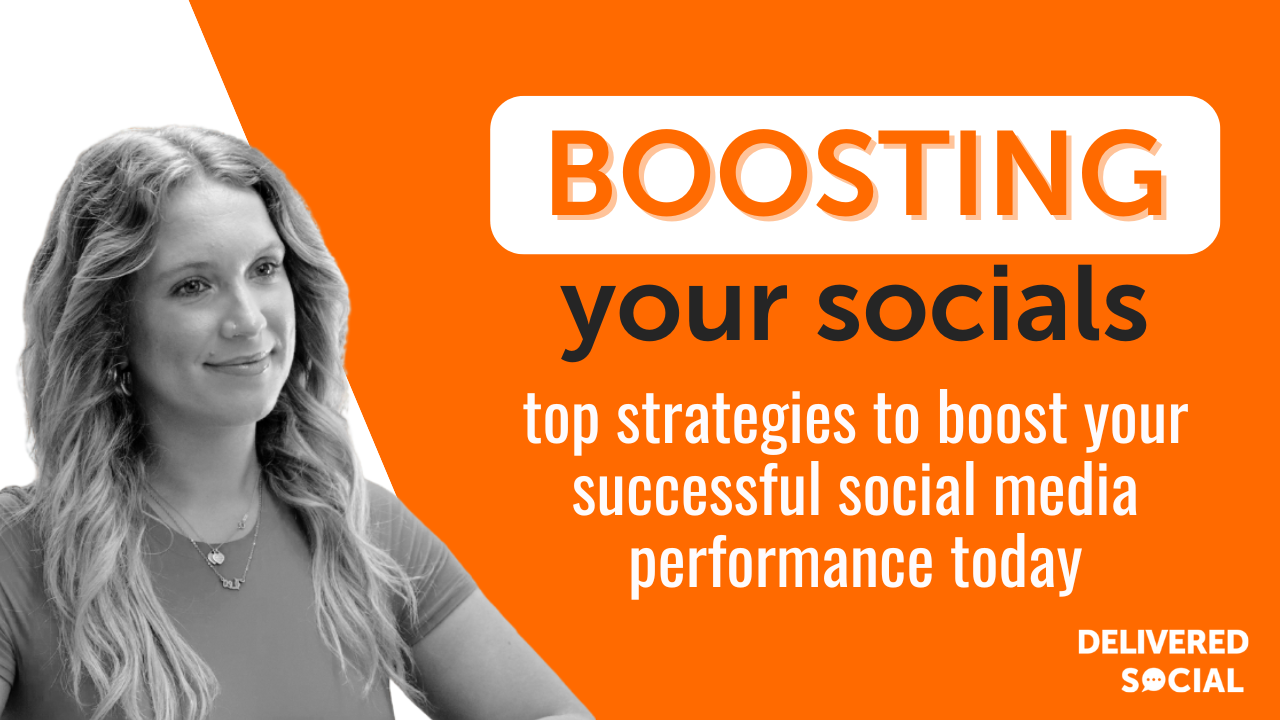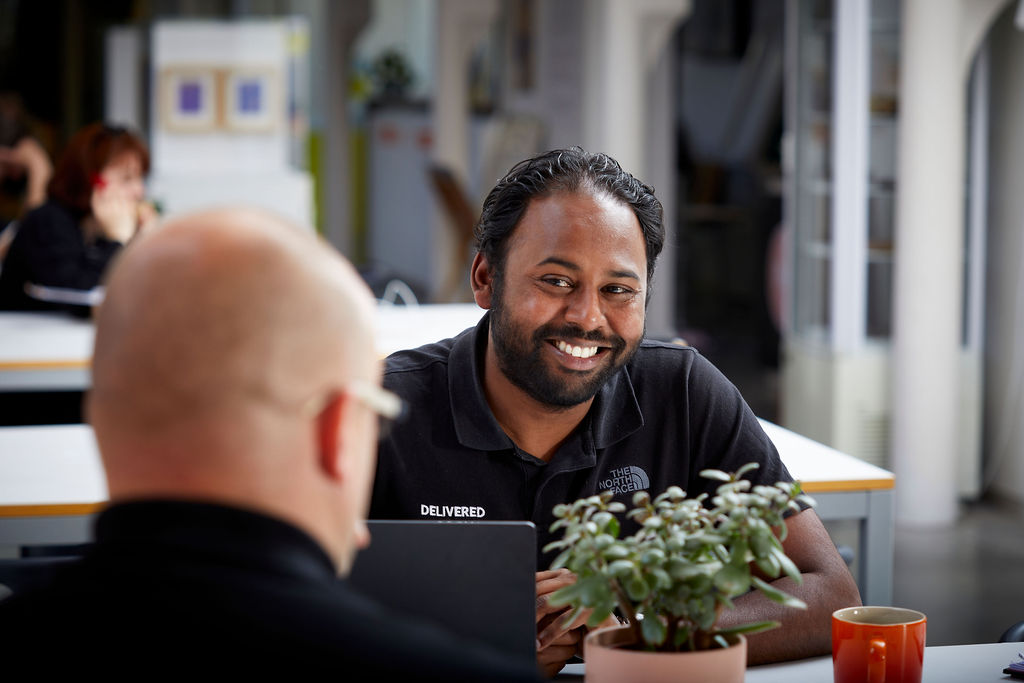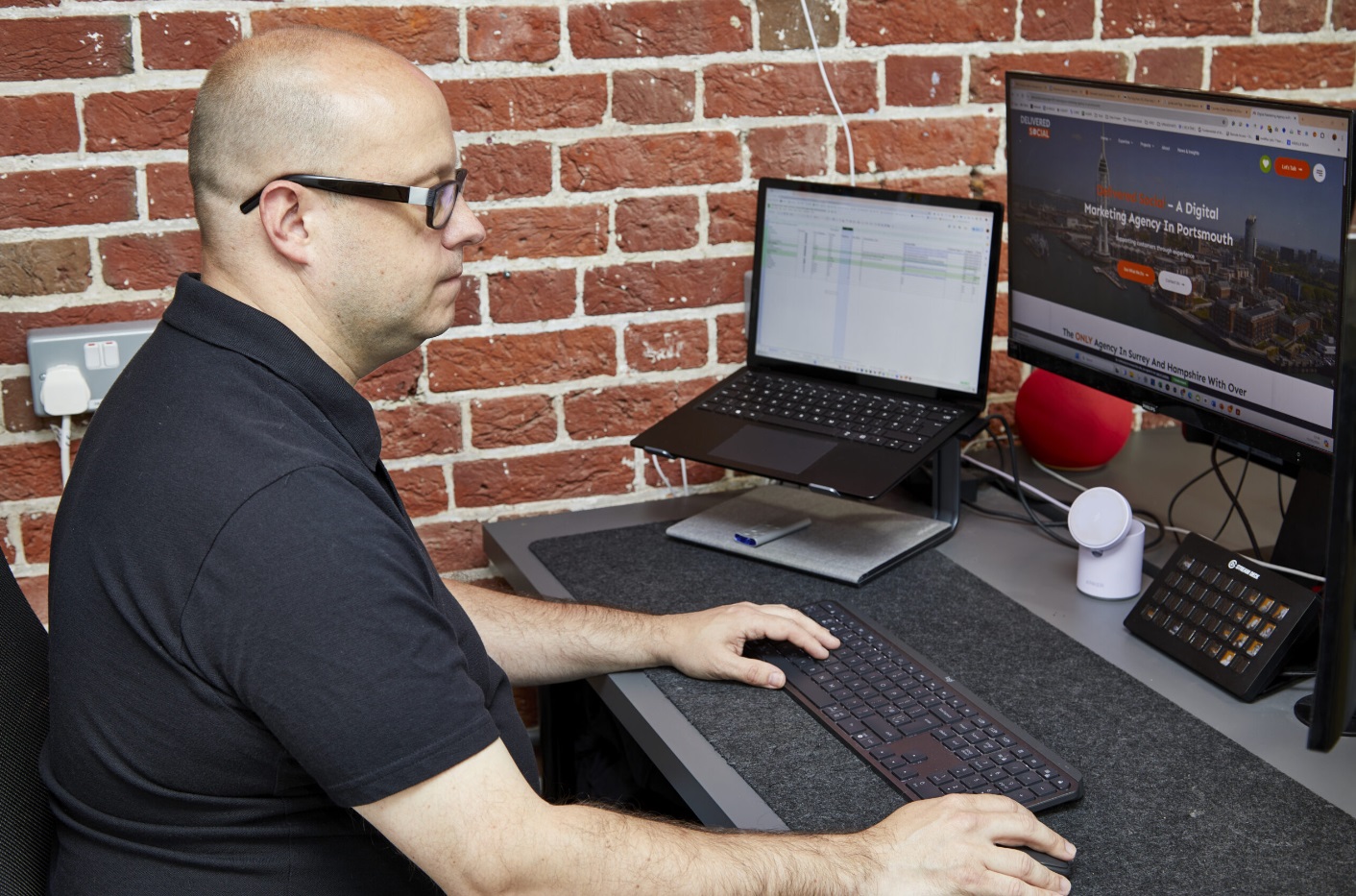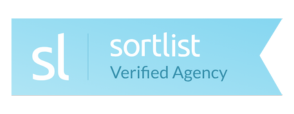
Reaching more people on social media takes more than just posting regularly. It requires clear planning, smart timing, and knowing what your audience actually wants to see. Whether you’re managing a brand account or building your personal presence, focusing on the right strategies can lead to real growth. This article breaks down practical steps you can take right now to improve engagement, grow followers, and track what’s working. By applying these methods consistently, you’ll be better equipped to achieve successful social media performance without wasting time or resources on guesswork. Let’s focus on what really moves the needle.

Define Clear Goals and KPIs
Start by setting specific targets for your social media activity. Without clear direction, efforts can scatter and lead to weak outcomes. Decide what you want from each platform—more followers, increased clicks, or higher engagement. Be exact with numbers. For example, aim to grow your follower count by 20% in three months or increase post shares by 15% in four weeks.
Once goals are set, choose the right key performance indicators (KPIs) to track them. If your goal is more traffic to a website, monitor link clicks and referral visits from social media platforms. If you want better interaction with posts, focus on likes, comments, shares, and saves. Always tie each KPI directly back to the goal it supports.
Avoid tracking too many metrics at once. Focus only on data that shows progress toward your objectives. This keeps reporting simple and helps spot trends faster.
Use tools like analytics dashboards provided by platforms such as Facebook Insights or Instagram Analytics to collect data regularly. Review this information weekly or monthly depending on how often content is posted.
Adjust goals if patterns change over time. Maybe one platform brings more traffic than another—shift focus where results improve most quickly.
Clear goals help guide decisions about content type, posting times, and budget use for paid campaigns. With strong KPIs in place, teams can see what works and stop what doesn’t.
This approach builds a foundation for successful social media performance because every action connects back to a defined purpose backed by measurable proof of progress.
Setting these targets early also helps align teams working together across marketing roles so everyone moves toward the same outcome without confusion about priorities or next steps.
Know Your Audience Inside Out
Understanding who follows your social media accounts is a key part of improving engagement. Start by looking at basic details like age, location, and gender. These facts help you choose the right tone, topics, and formats for your content. A younger group may react better to short videos or memes. An older group might prefer articles or how-to posts.
Next, pay attention to behavior. Check when users interact with your posts most often. Look at which types of content get clicks, shares, or comments. This tells you what they care about and what keeps them engaged. It also helps you post at the right times during the day or week.
Preferences also matter if you’re aiming for successful social media performance. Use polls or comment sections to ask followers what they want more of. Track which hashtags they use and follow trending topics in their circles. When you align your content with their interests, it becomes easier to earn trust and hold attention.
Social listening tools can give deeper insights into conversations happening around your industry or brand name. These tools highlight common questions people ask online, complaints they raise, or products they recommend to others.
Segmenting your audience gives even stronger results. Divide followers into groups based on actions they’ve taken such as purchases made, pages visited on your site, or past interactions with posts. Then create targeted messages for each group instead of sending one message to all users.
When every piece of content speaks directly to a person’s habits and needs, that person is more likely to respond positively—whether by liking a post or clicking through a link.
Stay consistent in learning from data so that each update reflects what works best for the people you’re trying to reach rather than guessing what’s effective based on trends alone.
Create High-Quality, Engaging Content
Content shapes how people respond to your brand on social platforms. To improve successful social media performance, focus on producing material that informs, entertains, or solves a problem. Avoid posting just to stay active. Instead, plan each post with a clear purpose and outcome in mind.
Start by using visuals that match the message. Use well-framed images, short videos, or simple infographics. These formats catch attention faster than text alone. Make sure all visuals look clean and support what you’re trying to say.
Use captions that invite replies or reactions. Ask questions that relate to daily habits or common challenges your audience faces. When people reply, respond quickly and keep the conversation going. This builds trust and keeps users coming back.
Share tips that help users do something better or faster. Break down the information into steps when possible so it’s easier to use right away. People often share helpful posts with others who face similar problems.
Test different styles of posts such as polls, short clips, live sessions, or behind-the-scenes updates to see what gets more clicks or comments. Review what performs best each week and adjust based on those results.
Avoid posting long blocks of text without breaks or headlines. Keep sentences short and easy to scan while scrolling on a phone screen.
Make sure content fits each platform’s format rules so nothing appears cut off or pixelated. Double-check links before sharing them in stories or bios for smooth access.
The goal is not just frequent posting but creating posts people want to engage with regularly across platforms they already use daily.
Leverage Analytics for Continuous Improvement
Tracking results helps shape better strategies. Social media platforms like Facebook, Instagram, and Twitter offer built-in tools that show how posts perform. These tools display key numbers such as reach, clicks, shares, and comments. Watching these stats regularly helps you understand what works and what does not.
Third-party analytics tools also give deeper insights. Tools like Hootsuite, Sprout Social, or Buffer collect data across multiple networks in one place. They show trends over time and help spot patterns in audience behavior. Use them to measure which content types bring more interaction or which times of day get higher engagement.
Testing different formats is useful too. Compare short videos with text posts or try image carousels instead of single photos. Then check the data to see which format brings stronger responses from your followers. If one type gets more clicks or shares than others, do more of that.
Refining your posting schedule can also make a difference. Find out when your followers are most active by checking activity peaks in your reports. Posting during those windows can increase visibility and reaction rates.
Pay attention to follower growth as well as drop-offs after certain posts or campaigns. A sudden dip could mean something missed the mark while a spike might point to strong interest in a topic.
Use this information to adjust future plans instead of guessing what might be effective next time. Look at real numbers before deciding on changes to tone, format, timing, or topic focus.
Making decisions based on actual performance leads to successful social media performance over time because each step is backed by facts rather than assumptions.
Analytics remove guesswork so you spend less effort trying random ideas and more time doing what delivers results consistently across channels.
Be Consistent with Your Posting Schedule
Posting regularly helps your audience know when to expect new content. When you follow a steady schedule, people stay engaged and more likely to interact with your updates. Gaps in activity can lead followers to lose interest or forget about your page entirely. A reliable routine keeps attention on your profile and encourages repeat visits.
Using scheduling tools lets you plan ahead and avoid missing days. Platforms like Buffer, Hootsuite, or Meta’s built-in scheduler allow you to set up posts for future dates. This means you can prepare content during slower periods and keep things running even when you’re busy. It also removes the stress of posting manually every day.
A clear rhythm builds trust over time. If someone sees useful tips every Monday or product highlights each Friday, they learn to expect that pattern. That habit leads them back to your account without needing reminders. The more consistent the flow, the easier it becomes for others to follow along.
You don’t need to post daily, but you do need a plan that fits what you can manage long term. Whether it’s three times per week or once per day, choose a level of output that matches your resources and stick with it.
Consistency supports stronger reach across social platforms as well. Algorithms tend to favor accounts that post often at regular intervals because those profiles appear stable and active.
Maintaining a fixed schedule is not just about frequency — it’s also about showing commitment through action over time. This practice plays a direct role in building successful social media performance by keeping audiences involved without confusion or delay.
Steady posting tells followers they can rely on your presence online. With planning tools in place and a clear structure behind each update, staying consistent becomes easier than relying on memory alone or reacting last minute when engagement slows down.
Engage Actively With Your Community
Replying to comments and messages quickly helps build strong connections. When someone takes the time to reach out, respond with care. A short reply shows attention and encourages more interaction. This kind of exchange signals activity, which platforms often reward by showing your content to more users.
Answer direct messages with clarity. Even brief replies show that you value others’ input. If someone tags or mentions your profile, acknowledge it. A simple thank-you or follow-up question can lead to more conversation. The more people interact with your posts, the better your chances of reaching new viewers.
Don’t just wait for others to talk first. Start discussions in comment sections under your own posts or on other relevant profiles. Ask questions that invite honest answers—nothing too complex or hard to reply to quickly. Use polls when available; they’re easy for followers and help boost engagement rates.
Make sure all responses fit the tone of your brand while still sounding human—not scripted or robotic. Avoid one-word answers unless they make sense in context. People want real exchanges that feel natural and not forced.
Track patterns over time—notice what kinds of replies get reactions and adjust how you communicate based on results. Keep an eye on response times too; quicker engagement often leads to higher visibility because algorithms favor active accounts.
By staying present in conversations, you increase trust among followers while boosting how often platforms show your content. This helps drive successful social media performance without needing paid promotion every time you post something new.
Regular participation builds momentum over time, encouraging both return visits and shares from those who feel heard by you directly through replies or comments they didn’t expect but appreciated anyway.

Optimize Each Platform for Successful Social Media Performance
People use each social media platform differently. To reach more users and get better results, you need to adjust your approach for each one. What works on Facebook may not get the same reaction on Twitter or LinkedIn. Every channel has its own way of showing posts, preferred content styles, and active times during the day.
Start by changing your content format based on the network. Instagram focuses on photos and short videos. Use strong visuals and clear captions there. Twitter supports quick updates with links or hashtags. Keep messages short and direct. On LinkedIn, longer posts that share tips or job-related insights perform better.
Tone also changes depending on where you’re posting. A casual message might fit well on Instagram but could seem out of place on LinkedIn, where a more professional tone is expected. Match your voice to what users expect in each space.
Timing is another factor that affects how many people see your posts. Users scroll through feeds at different times depending on the platform and their habits. Test different hours during weekdays and weekends to find when your audience is most active for each channel.
Use performance data from past posts to guide these decisions moving forward. Track which formats get more views or clicks per platform, then post similar types again with small changes to test results further.
By shaping your strategy based on how users behave within individual platforms, you create better chances for high interaction rates across all channels — helping you improve successful social media performance over time without relying only on one method or network alone.
Mastering the Essentials for Ongoing Social Media Success
Achieving successful social media performance requires more than just posting regularly—it demands a strategic, data-driven approach. By setting clear goals and KPIs, understanding your audience deeply, and consistently delivering high-quality, engaging content, brands can build stronger connections and drive measurable results. Leveraging analytics for continuous improvement and tailoring strategies to each platform ensures long-term growth. Active engagement with your community and maintaining a consistent posting schedule further solidify your presence. When these core strategies align, they create a powerful foundation for sustained impact in the ever-evolving digital landscape. Stay focused, stay informed, and success will follow.
Interested In Working Together?
Introducing Delivered Social. We’re The Most-Rated Digital Agency In Surrey & Hampshire – We’ve Got To Be Doing Something Right.
Delivered Social is a digital marketing agency with one mission—to help businesses grow. We’re famous in Guildford and Portsmouth for our social clinics. We believe in free advice. We build lasting relationships because our team prides itself on being helpful, which our clients appreciate.
If you are looking for a new website or an agency to manage your social media presence, we can help.
If you need something slightly different, here's a super handy list of all our services, or you can always email us.























